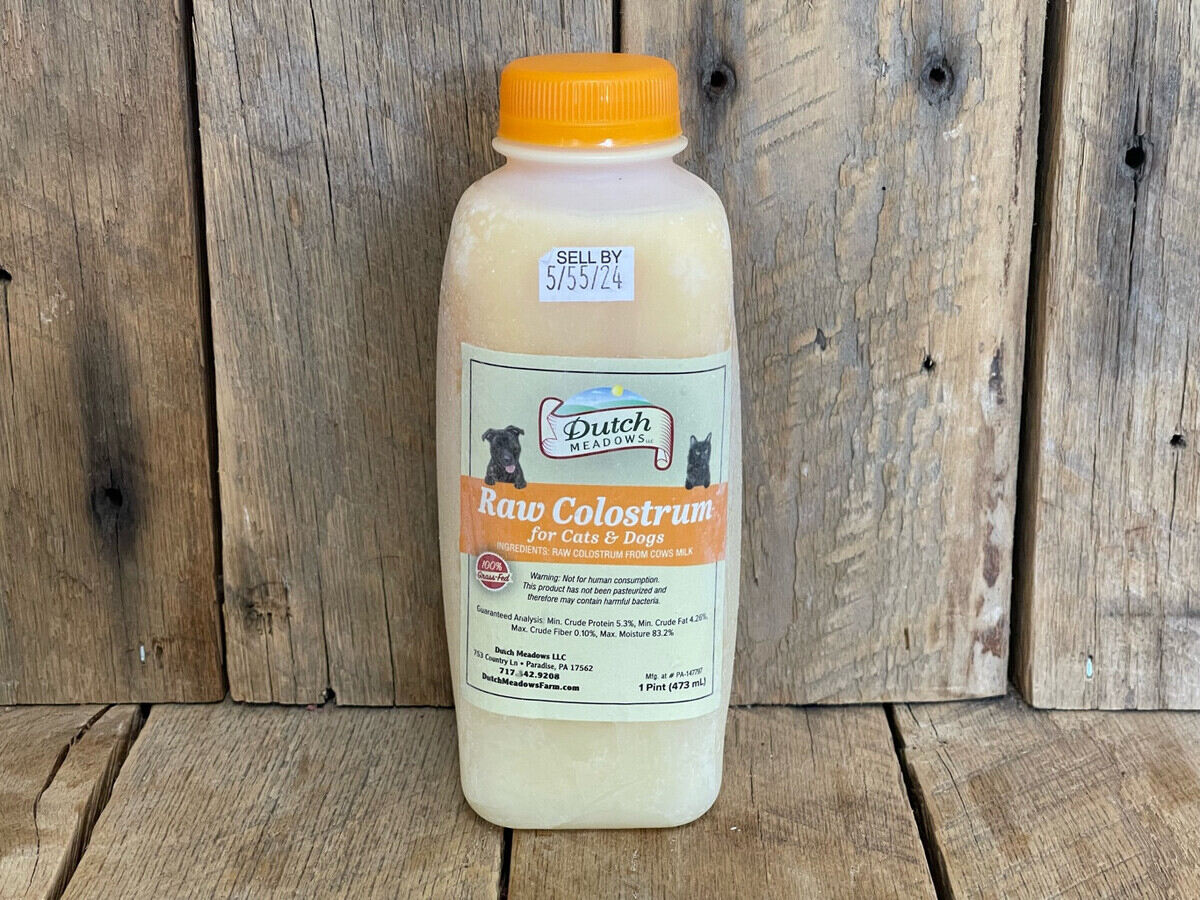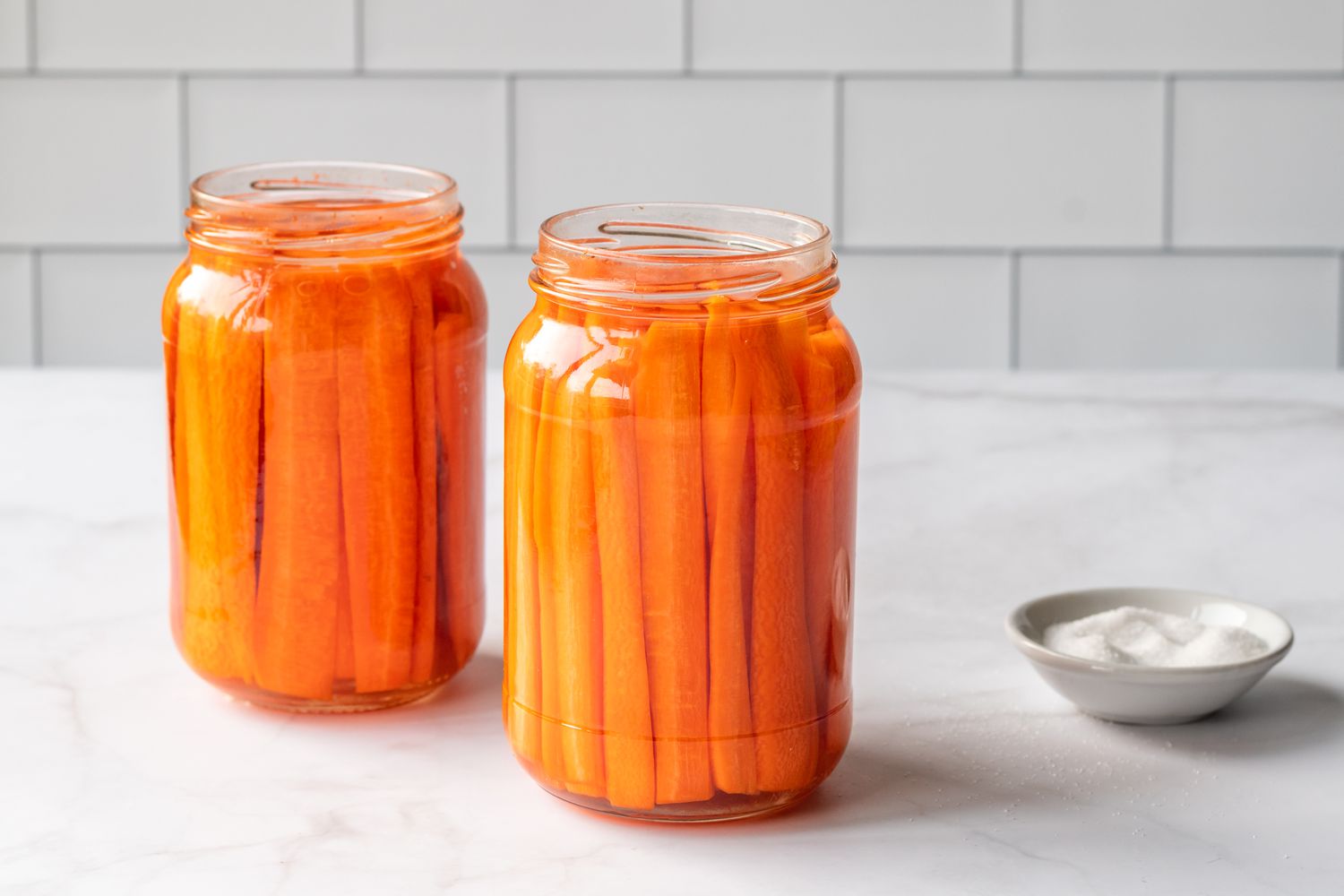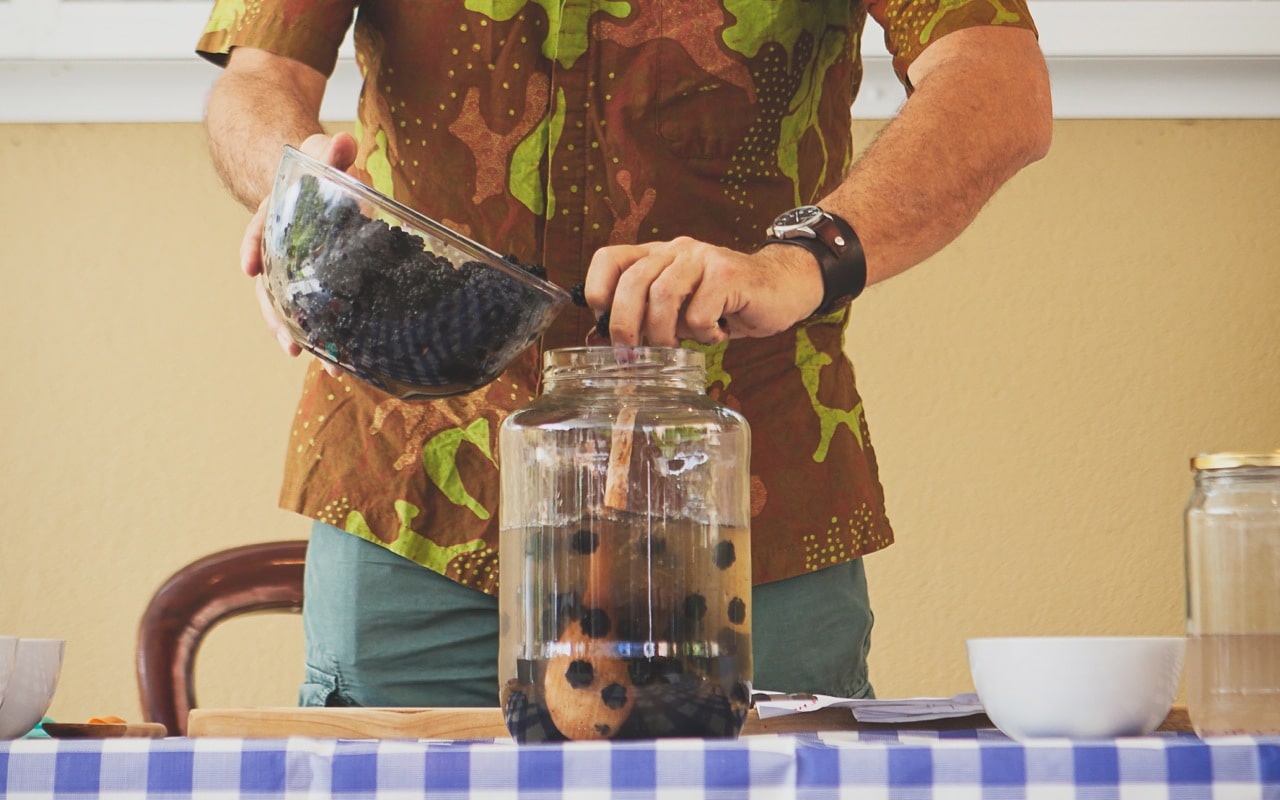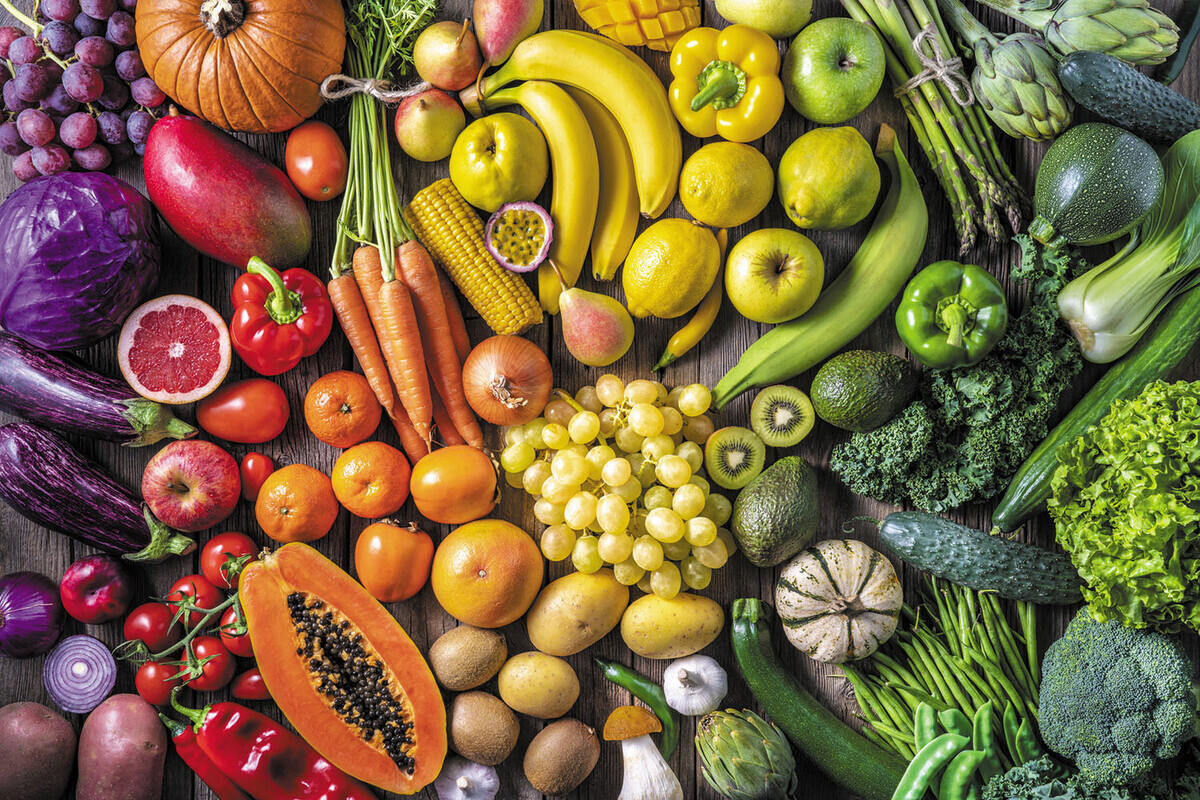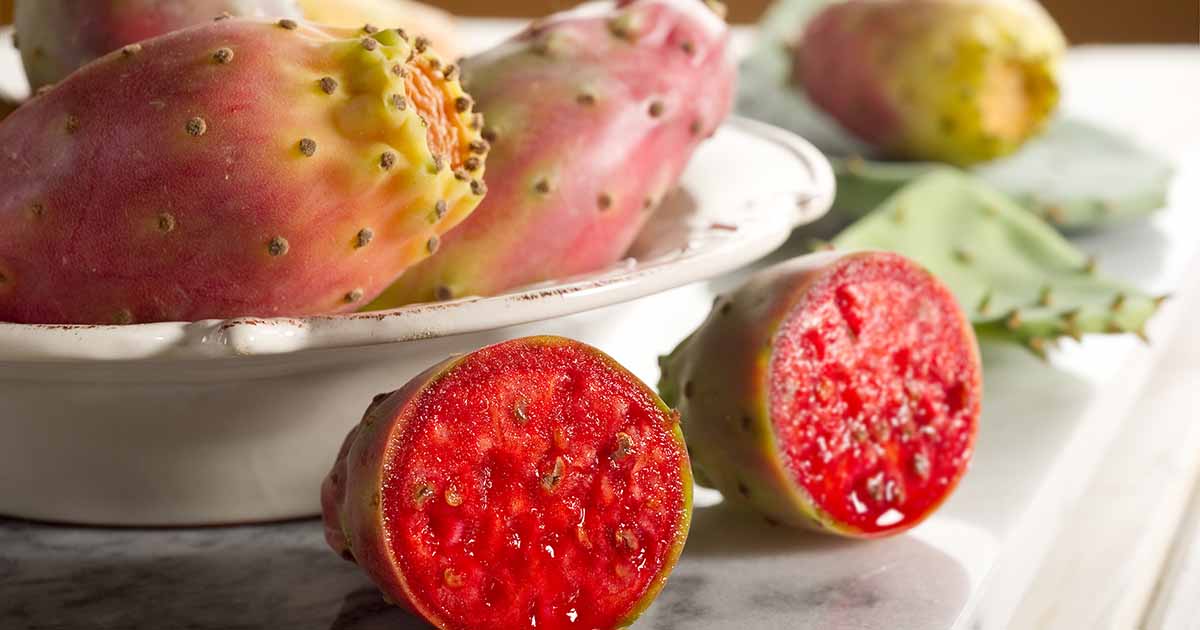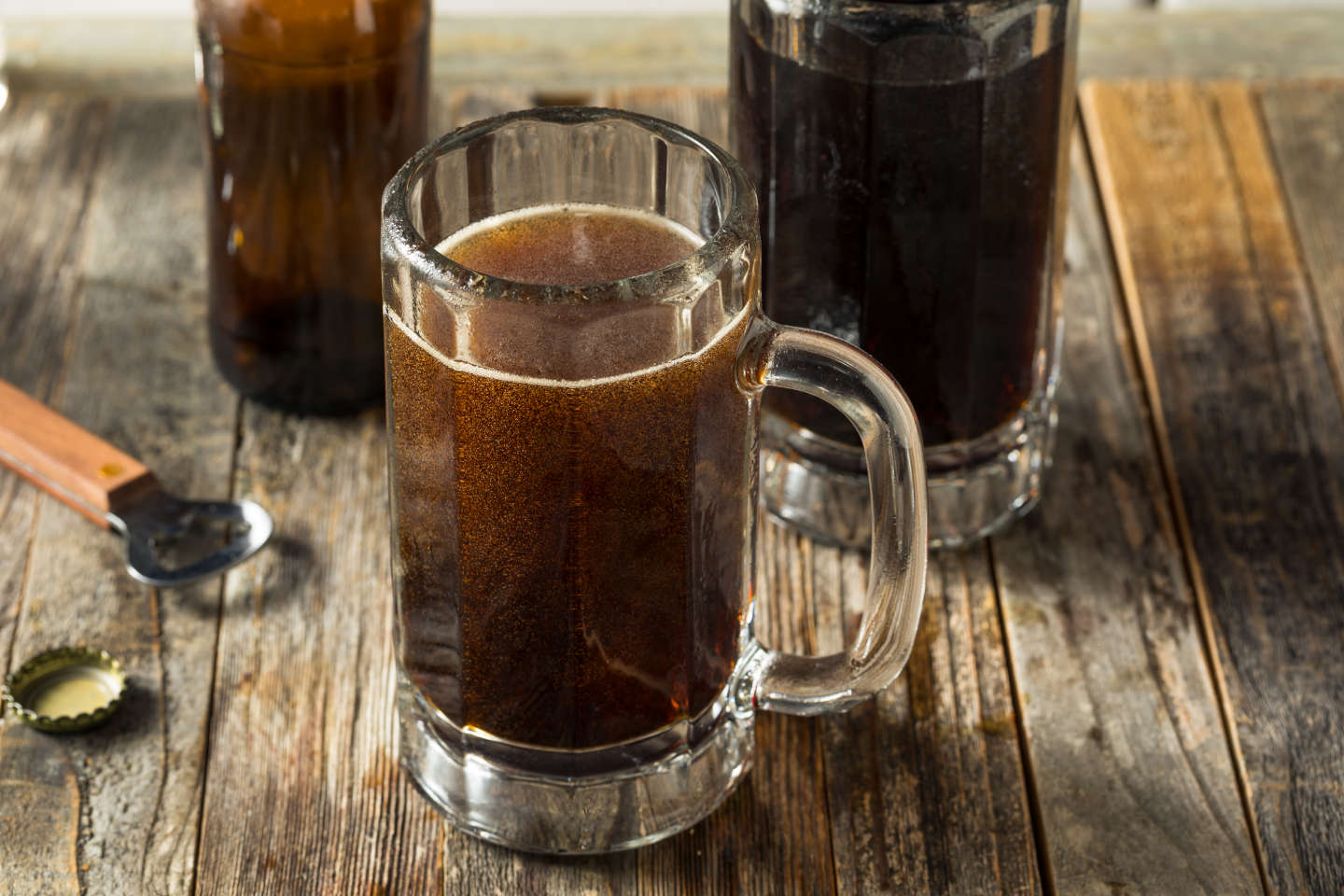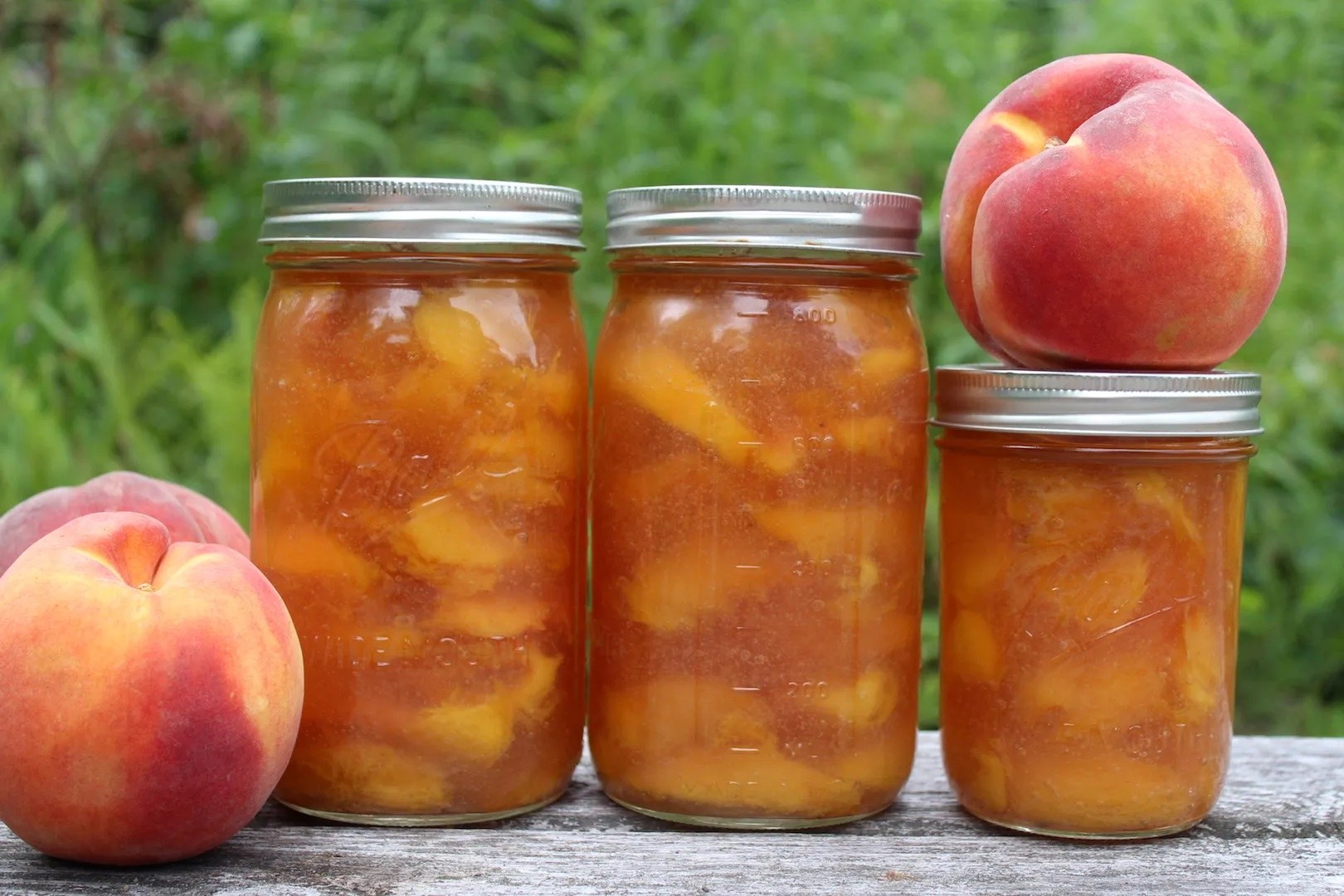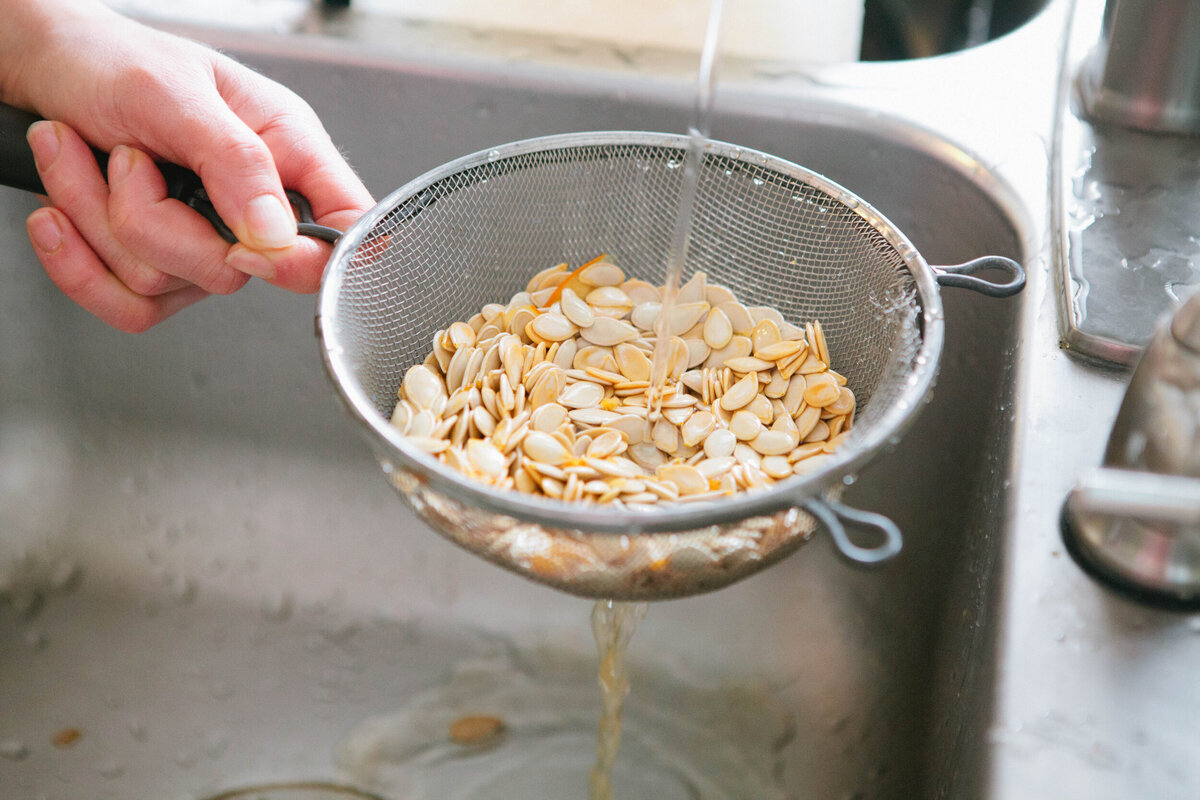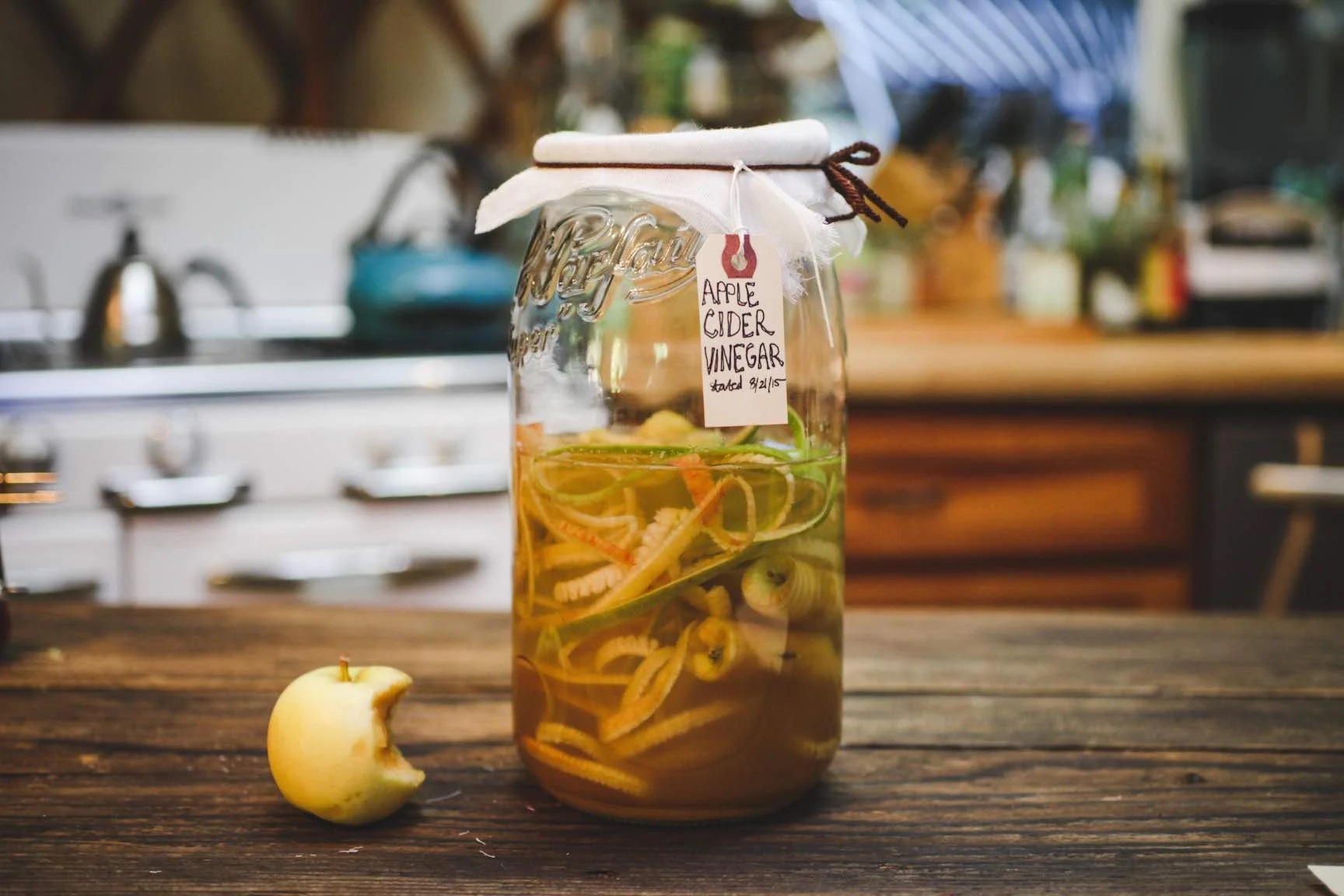Unlocking the Magic of Fermented Apple Cider
There’s something truly magical about the process of fermenting apple cider. It’s a fascinating journey that turns simple apple juice into a complex and flavorful beverage that’s full of character. If you’ve ever been curious about the art of fermentation, you’re in for a treat. In this guide, we’ll walk you through the step-by-step process of fermenting apple cider at home.
What You’ll Need
Before we dive into the process, let’s gather the essential supplies:
- 1 gallon of fresh apple cider
- 1 packet of cider yeast
- An airlock and stopper
- A large glass or plastic container
- A siphon or funnel
- Clean bottles for storage
The Fermentation Process
Now that you have your supplies ready, it’s time to start the fermentation process.
- Sanitize: Begin by sanitizing all of your equipment to ensure that no unwanted bacteria interfere with the fermentation process.
- Prepare the Cider: Pour the fresh apple cider into your large container, leaving some space at the top for foaming.
- Add the Yeast: Sprinkle the cider yeast over the surface of the cider and let it sit for a few minutes before gently stirring it in.
- Secure the Airlock: Insert the stopper and airlock into the opening of the container. The airlock will allow gases to escape while preventing outside air from entering.
- Wait Patiently: Place the container in a cool, dark place and let the magic happen. The fermentation process typically takes 1-2 weeks.
- Bottle the Cider: Once the fermentation is complete, use a siphon or funnel to transfer the cider into clean bottles for storage.
- Age and Enjoy: Allow the bottled cider to age for a few weeks to develop its flavors, then chill and savor the fruits of your labor.
Tips for Success
As you embark on your cider fermentation journey, keep these tips in mind:
- Temperature Matters: Maintain a consistent temperature of around 60-75°F for optimal fermentation.
- Be Patient: Good things take time. Allow the cider to ferment and age at its own pace for the best results.
- Experiment with Flavors: Consider adding spices or fruits to the cider during the fermentation process for a unique flavor profile.
- Embrace the Fizz: If you prefer carbonated cider, add a small amount of priming sugar to the bottles before sealing.
Final Thoughts
Fermenting apple cider is a rewarding and delightful experience that allows you to explore the art of fermentation in your own kitchen. With a bit of patience and a sense of adventure, you can create your own delicious and unique cider that’s perfect for sipping and sharing. So, gather your supplies, follow the steps, and get ready to savor the magic of homemade fermented apple cider.
Was this page helpful?
Read Next: How To Ferment Apple Juice Into Alcohol
